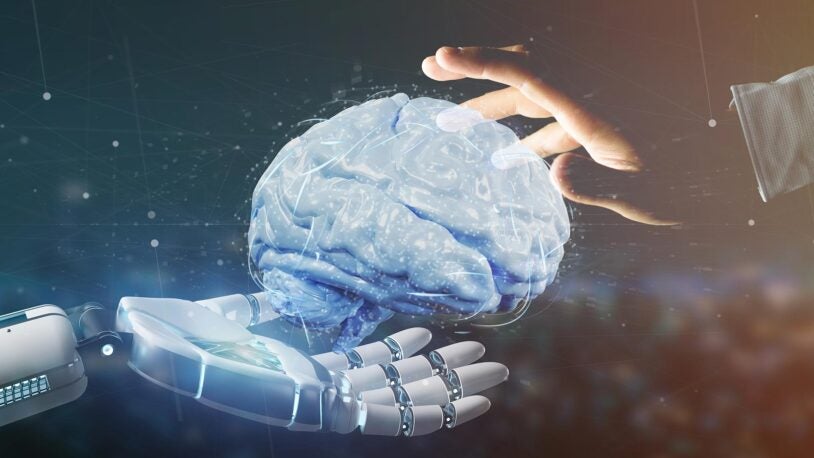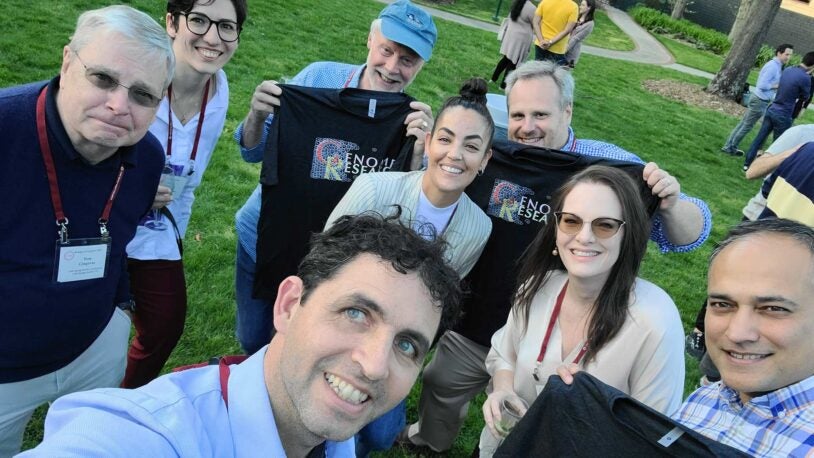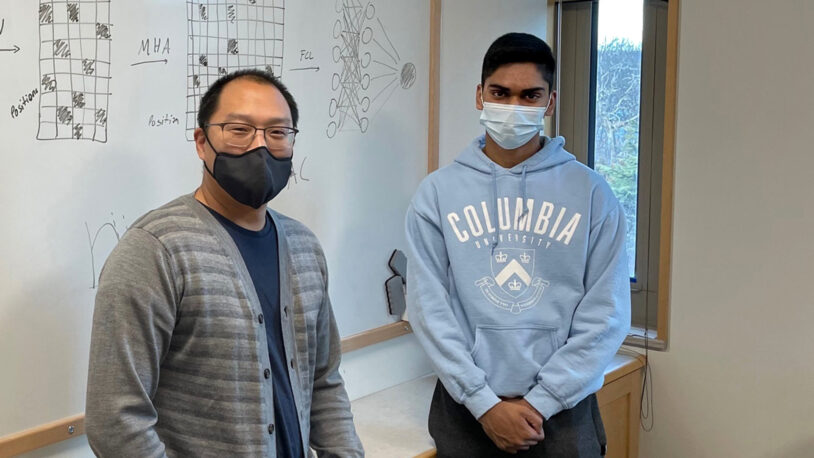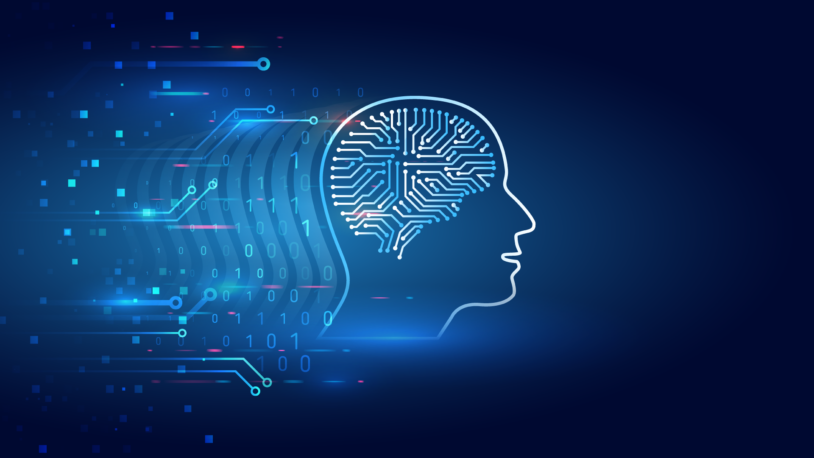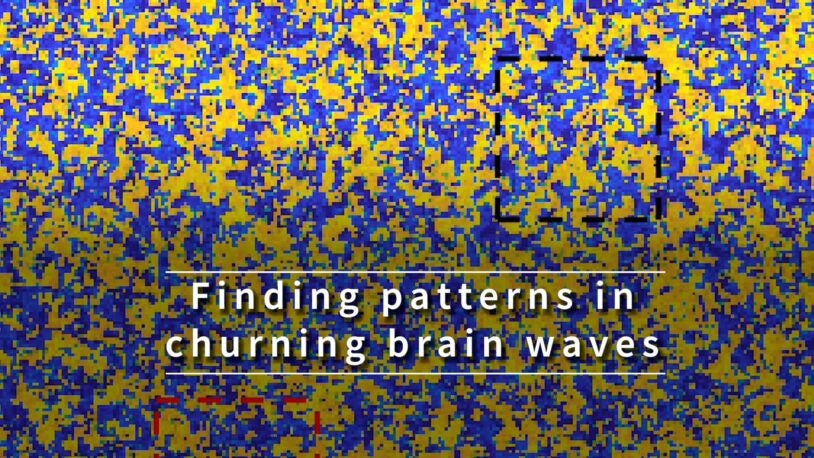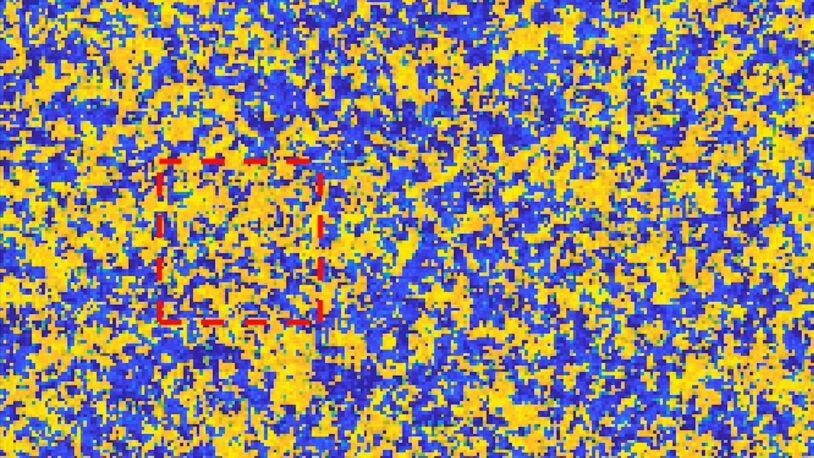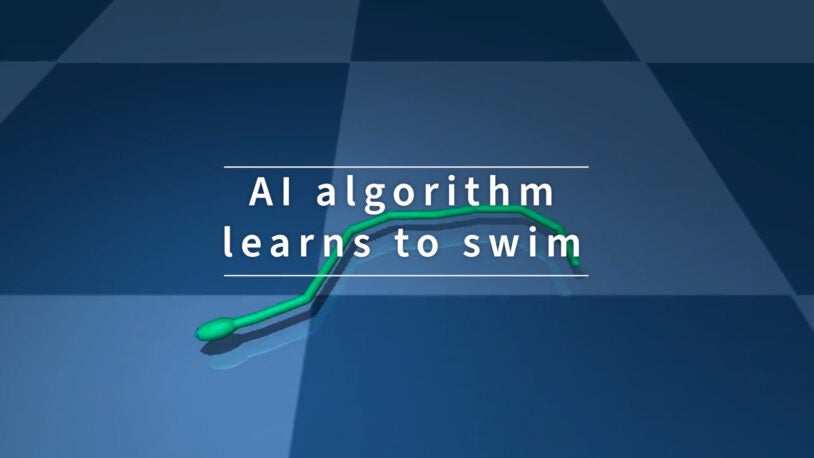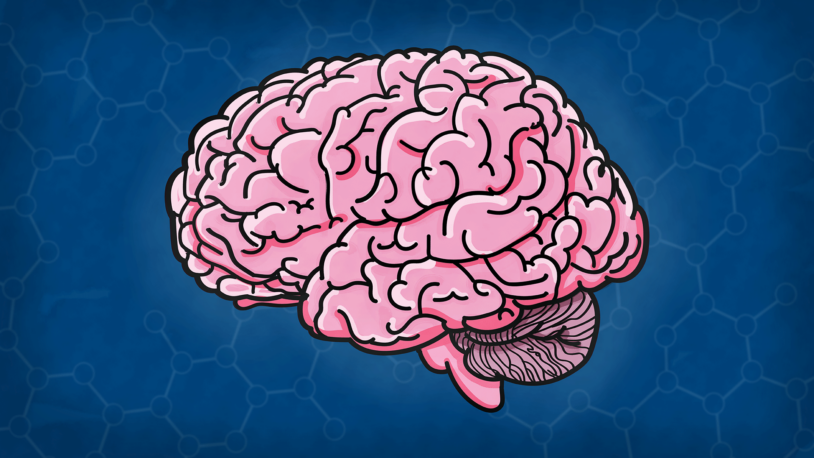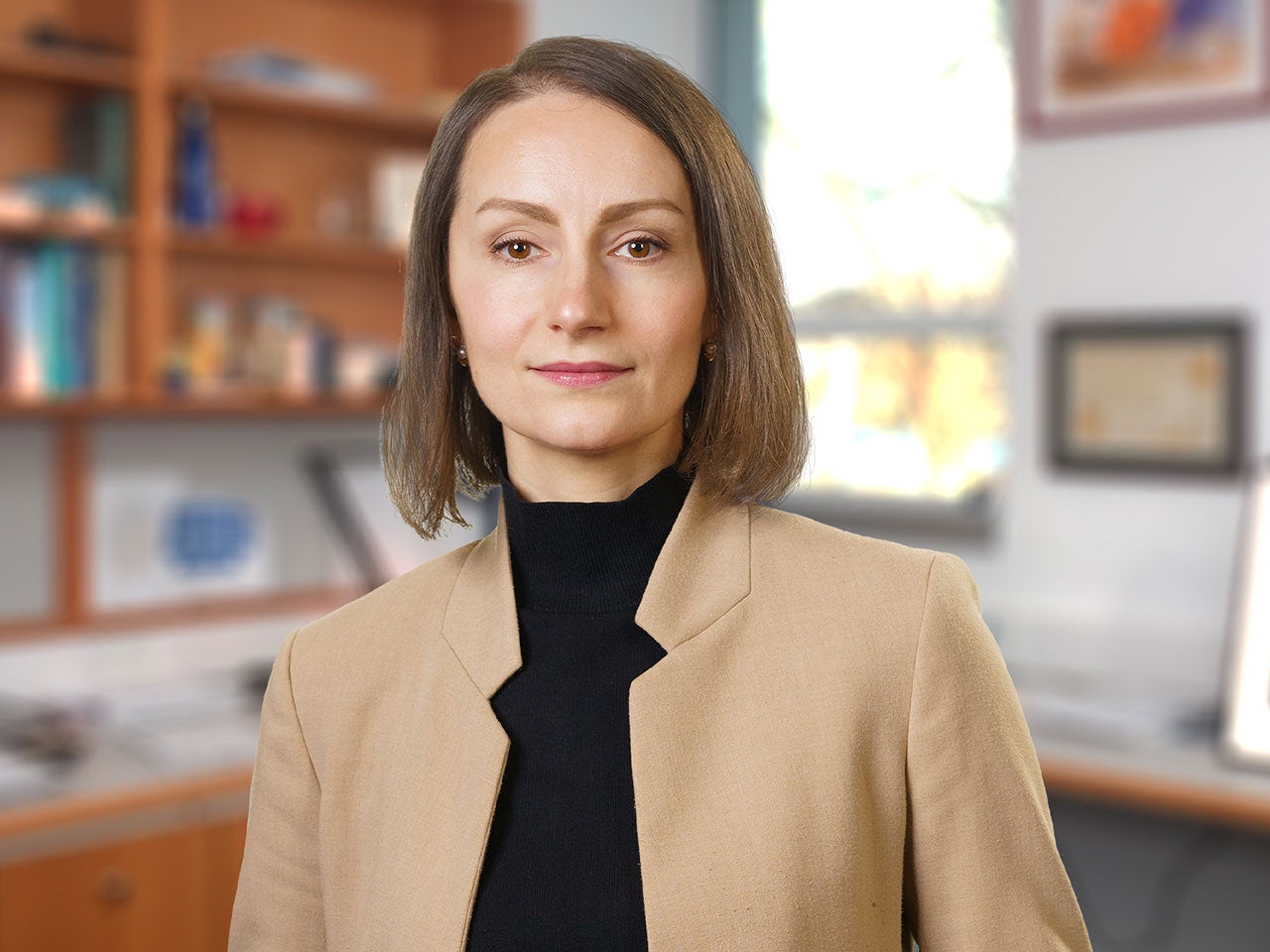
Tatiana Engel
Adjunct Professor
Ph.D., Humboldt University of Berlin, Germany, 2007
engel@cshl.edu | 516-367-6902
Faculty ProfileMy lab investigates how perception and cognition arise from changes in neural activity. We develop and apply computational methods to discover dynamic patterns in large-scale neural activity recordings. We then create mathematical models to explain how these activity changes emerge from signaling between neurons, ultimately driving behavior.
The brain’s activity is in constant motion: it ebbs and flows in big waves when we are in a deep slumber, turns into small ripples when we reawaken, and flows in orchestrated streams when we perceive, decide and remember. These complex dynamics are driven by intricate networks of microscopic interactions between hundreds thousands neurons and thus are only vaguely glimpsed in spike-trains of single neurons. Fortunately, recent advances in recording techniques enable us to monitor the activity of large neural populations in behaving animals, offering the opportunity to investigate how dynamic variations of collective neural-activity states translate into behavior. To gain insights from these large-scale recordings, we develop and apply computational methods for discovering collective neural dynamics from sparse, high-dimensional spike-train data. We also develop models and theory to explain how collective neural dynamics support specific network computations and how these dynamics are constrained by biophysical properties of neural circuits. In these endeavors, we employ and extend tools and ideas from diverse fields, including statistical mechanics, machine learning, dynamical systems theory, and information theory. Our work benefits from close collaborations with experimental neuroscience laboratories that are collecting neurophysiological data in animals engaged in sophisticated tasks, such as attention, decision making and learning.
The CSHL School of Biological Sciences’ class of 2023
May 7, 2023
The School of Biological Sciences awarded 11 Ph.D. degrees this year. Here, the graduates reflect on their time and experiences at CSHL.
Building better AI with the power of neuroscience
June 8, 2022
Artificial Intelligence (AI) experts at CSHL are creating better AI by deciphering brain circuits.
President’s essay: Foundations for the future
May 25, 2022
Strategically designed to spark scientific exchange and inspiration, CSHL is a unique research and education environment for advancing science.
Regeneron competition honors CSHL high school researchers
March 22, 2022
Three high school student researchers at CSHL were among Regeneron Science Talent Search’s top 300 scholars. One made it to the final competition.
AI is helping scientists explain our brain
February 28, 2022
Neuroscientists are turning to artificial intelligence to help them understand the brain, but what if AI misses the true story?
Brain waves churn differently when paying attention
February 2, 2022
See the shapes and speeds of electrical waves in the brain change in response to attentiveness.
Finding structure in the brain’s static
February 1, 2022
CSHL researchers found that the brain’s state of attentiveness may be encoded in the shapes and speeds of slow electrical waves.
Did you hear the one about the swimming worm?
December 28, 2021
CSHL NeuroAI scholars combine artificial intelligence (AI) with neuroscience. One scholar developed an AI program for worm locomotion.
NIH BRAIN Initiative invests $9.7 million in CSHL scientists
December 29, 2020
CSHL scientists received grants to broaden our knowledge of the human brain and how to treat neurological disorders.
How to figure out what you don’t know
November 30, 2020
Cold Spring Harbor Laboratory Assistant Professor Tatiana Engel discusses how a model like Ptolemy’s seems to explain the world and yet is wrong.
Selected Publications
Top-down coordination of local cortical state during selective attention
30 Dec 2020 | Neuron
van Kempen, J, Gieselmann, M, Boyd, M, Steinmetz, N, Moore, T, Engel, T, Thiele, A
Moving beyond generalization to accurate interpretation of flexible models
26 Oct 2020 | Nature Machine Intelligence | 2(11):674-683
Genkin, Mikhail, Engel, Tatiana
Estimation of autocorrelation timescales with Approximate Bayesian Computations
12 Aug 2020 | bioRxiv
Zeraati, Roxana, Engel, T, Levina, Anna
Top-down coordination of local cortical state during selective attention
26 Mar 2020 | biorxiv
van Kempen, Jochem, Gieselmann, M, Boyd, M, Steinmetz, Nicholas, Moore, Tirin, Engel, Tatiana, Thiele, A
Beyond generalization: Enhancing accurate interpretation of flexible models
17 Oct 2019 | bioRxiv
Genkin, Mikhail, Engel, Tatiana
All Publications
Choice selective inhibition drives stability and competition in decision circuits
10 Jan 2023 | Nature Communications | 14(1):147
Roach, James, Churchland, Anne, Engel, Tatiana
Spatial and temporal correlations in neural networks with structured connectivity
1 Jan 2023 | Physical Review Research | 5(1)
Shi, Y, Zeraati, R, Levina, A, Engel, T
Topology-dependent coalescence controls scaling exponents in finite networks
11 Nov 2022
Zeraati, Roxana, Buendía, Victor, Engel, Tatiana, Levina, Anna
Recent Advances at the Interface of Neuroscience and Artificial Neural Networks
9 Nov 2022 | The Journal of Neuroscience | 42(45):8514-8523
Cohen, Yarden, Engel, Tatiana, Langdon, Christopher, Lindsay, Grace, Ott, Torben, Peters, Megan, Shine, James, Breton-Provencher, Vincent, Ramaswamy, Srikanth
Spatial and temporal correlations in neural networks with structured connectivity
16 Jul 2022
Shi, Yan-Liang, Zeraati, Roxana, Levina, Anna, Engel, Tatiana

